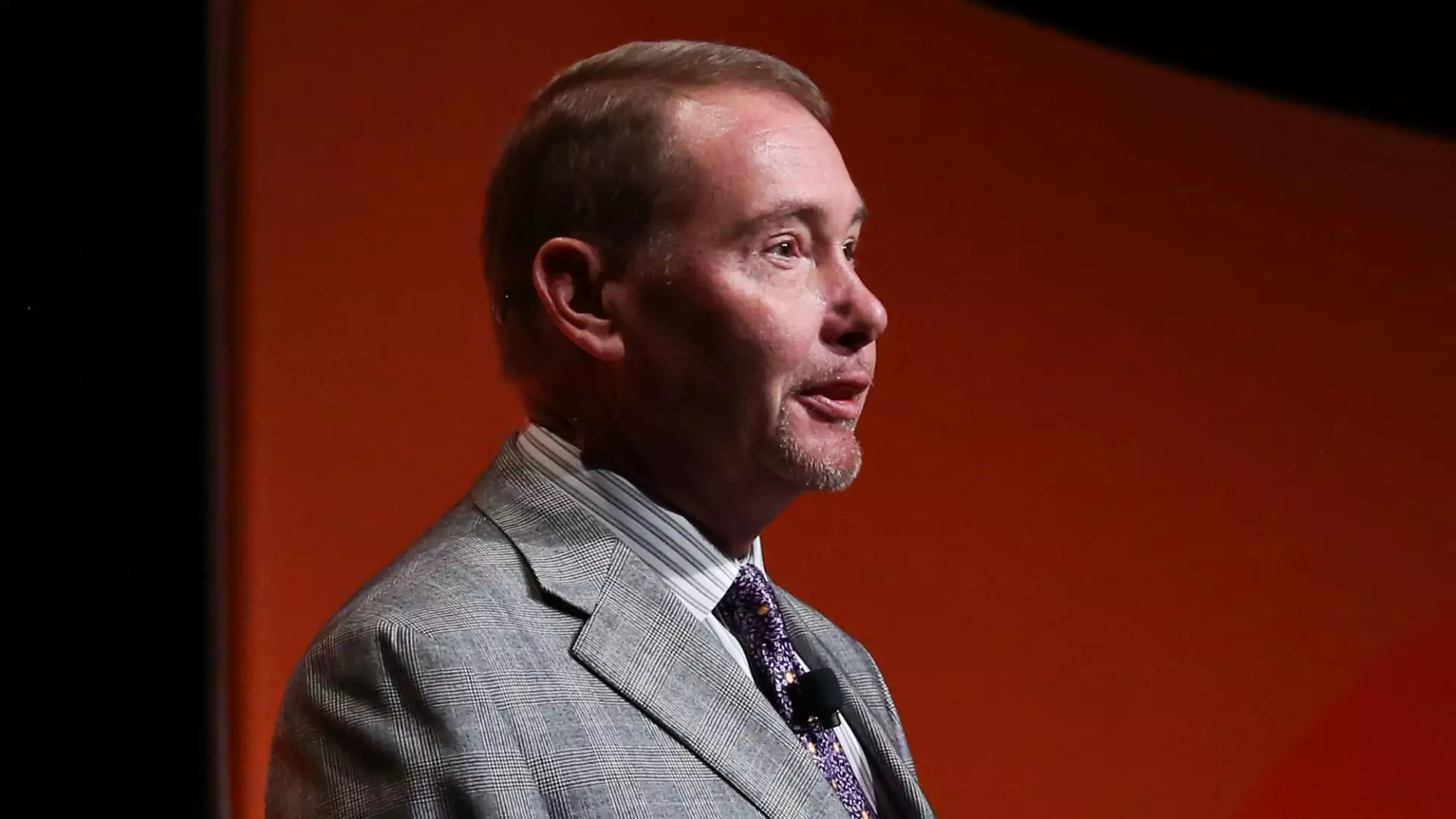In recent comments by Jeffrey Gundlach, CEO of DoubleLine Capital, a prominent voice in fixed-income investment, a stark critique of the Federal Reserve’s current monetary policy has emerged. Gundlach likens the Federal Reserve’s actions to those of “Mr. Magoo,” the famously oblivious cartoon character, suggesting that the central bank is metaphorically meandering through a complex economic landscape with little foresight. His assertions raise important questions about the effectiveness of the Fed’s approach to managing inflation and economic stability.
Gundlach’s remarks focus on the Fed’s propensity for short-term reactions over strategic planning. He points out that after a period of successfully bringing inflation down, the Fed has returned to a reactive stance, influenced by recent data without considering broader economic trends. This criticism highlights a chronic issue within the institution: the challenge of balancing responsive measures to current data against the need for a long-term strategic framework. The Fed’s reliance on monthly consumer price index (CPI) data as a primary decision-making tool tends to overshadow its ability to take holistic, forward-thinking actions that could stabilize the economy in a more sustainable manner.
Current Economic Indicators and Implications
As Gundlach made his observations just prior to a key CPI report, the economic indicators showcased a mixed bag. The most recent CPI data indicated a 0.4% increase, resulting in a 12-month inflation rate of 2.9%. While the core CPI, which excludes volatile food and energy prices, appeared marginally lower than anticipated, the implications for the Fed’s 2% inflation target remain complex. These figures demonstrate that although inflation may have eased somewhat, the central bank still faces significant challenges in reaching its stabilization goals. Gundlach’s analysis reflects a broader market sentiment, shifting from aggressive expectations of interest rate cuts to more conservative forecasts.
The Fed’s recent behavior of slashing benchmark rates, with cuts totaling a full percentage point since September, sets the stage for Gundlach’s critique. His comments indicate a notable shift in the market’s anticipation of future rate cuts, evolving from expectations of multiple reductions to a more tempered outlook of just one projected cut in 2025. This diminishing expectation of rate cuts suggests that the Fed is beginning to mirror market speculation, potentially constraining its flexibility. Gundlach posits that the market is not generating further signals to prompt the Fed to change its course, which could lead to a stagnation in necessary monetary reforms.
Ultimately, Jeffrey Gundlach’s observations serve as a wake-up call for the Federal Reserve. His metaphor of a bumbling Mr. Magoo encapsulates the risks of a miscalibrated monetary policy that leans too heavily on immediate data rather than long-term economic health. The ability of the Fed to regain a strategic overview is crucial in navigating the complexities of today’s economic landscape, particularly as it strives toward its inflation target amidst fluctuating market expectations. Without a more insightful approach, the Fed may find itself continuing to chase its own tail, hampering the potential for meaningful economic recovery and stability.

